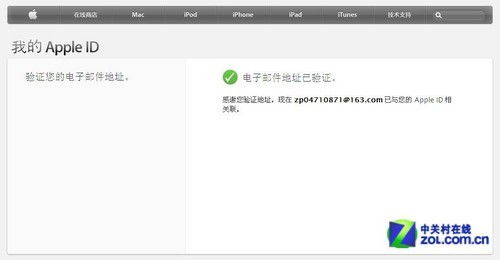C#电子邮件地址验证电子邮件地址
只是我想澄清一件事。每个客户端的请求,我们必须以这样一种方式,它应该允许撇号电子邮件地址创建一个正规的前pression
我根据 RFC 标准将电子邮件地址包含aportrophe问题?如果是的话如何重现常规EX pression 允许的撇号
解决方案常规EX pression下面实现了官方的 RFC电子邮件地址2822 标准。使用这种常规的前pression在实际应用中并不推荐。它被证明表明,与常规的前pressions总有什么是确切的,什么是现实之间的权衡。
(?:[a-z0-9!#$%&'*+/=?^_`{|}~-]+(?:.[a-z0-9!#$%&'*+/=?^_`{|}~-]+)*|"(?:[x01-x08x0bx0cx0e-x1fx21x23-x5bx5d-x7f]|\[x01-x09x0bx0cx0e-x7f])*")@(?:(?:[a-z0-9](?:[a-z0-9-]*[a-z0-9])?.)+[a-z0-9](?:[a-z0-9-]*[a-z0-9])?|[(?:(?:25[0-5]|2[0-4][0-9]|[01]?[0-9][0-9]?).){3}(?:25[0-5]|2[0-4][0-9]|[01]?[0-9][0-9]?|[a-z0-9-]*[a-z0-9]:(?:[x01-x08x0bx0cx0e-x1fx21-x5ax53-x7f]|\[x01-x09x0bx0cx0e-x7f])+)])您可以使用简化的:
[a-z0-9!#$%&'*+/=?^_`{|}~-]+(?:.[a-z0-9!#$%&'*+/=?^_`{|}~-]+)*@(?:[a-z0-9](?:[a-z0-9-]*[a-z0-9])?.)+[a-z0-9](?:[a-z0-9-]*[a-z0-9])?
是的,撇号被允许在电子邮件中,只要它不是域名。

Just I want to clarify one thing. Per client request we have to create a regular expression in such a way that it should allow apostrophe in email address.
My Question according to RFC standard will an email address contain aportrophe? If so how to recreate regular expression to allow apostrophe?
解决方案The regular expression below implements the official RFC 2822 standard for email addresses. Using this regular expression in actual applications is NOT recommended. It is shown to illustrate that with regular expressions there's always a trade-off between what's exact and what's practical.
(?:[a-z0-9!#$%&'*+/=?^_`{|}~-]+(?:.[a-z0-9!#$%&'*+/=?^_`{|}~-]+)*|"(?:[x01-x08x0bx0cx0e-x1fx21x23-x5bx5d-x7f]|\[x01-x09x0bx0cx0e-x7f])*")@(?:(?:[a-z0-9](?:[a-z0-9-]*[a-z0-9])?.)+[a-z0-9](?:[a-z0-9-]*[a-z0-9])?|[(?:(?:25[0-5]|2[0-4][0-9]|[01]?[0-9][0-9]?).){3}(?:25[0-5]|2[0-4][0-9]|[01]?[0-9][0-9]?|[a-z0-9-]*[a-z0-9]:(?:[x01-x08x0bx0cx0e-x1fx21-x5ax53-x7f]|\[x01-x09x0bx0cx0e-x7f])+)])
You could use the simplified one:
[a-z0-9!#$%&'*+/=?^_`{|}~-]+(?:.[a-z0-9!#$%&'*+/=?^_`{|}~-]+)*@(?:[a-z0-9](?:[a-z0-9-]*[a-z0-9])?.)+[a-z0-9](?:[a-z0-9-]*[a-z0-9])?
And yes, apostrophe is allowed in the email, as long as it is not in domain name.









